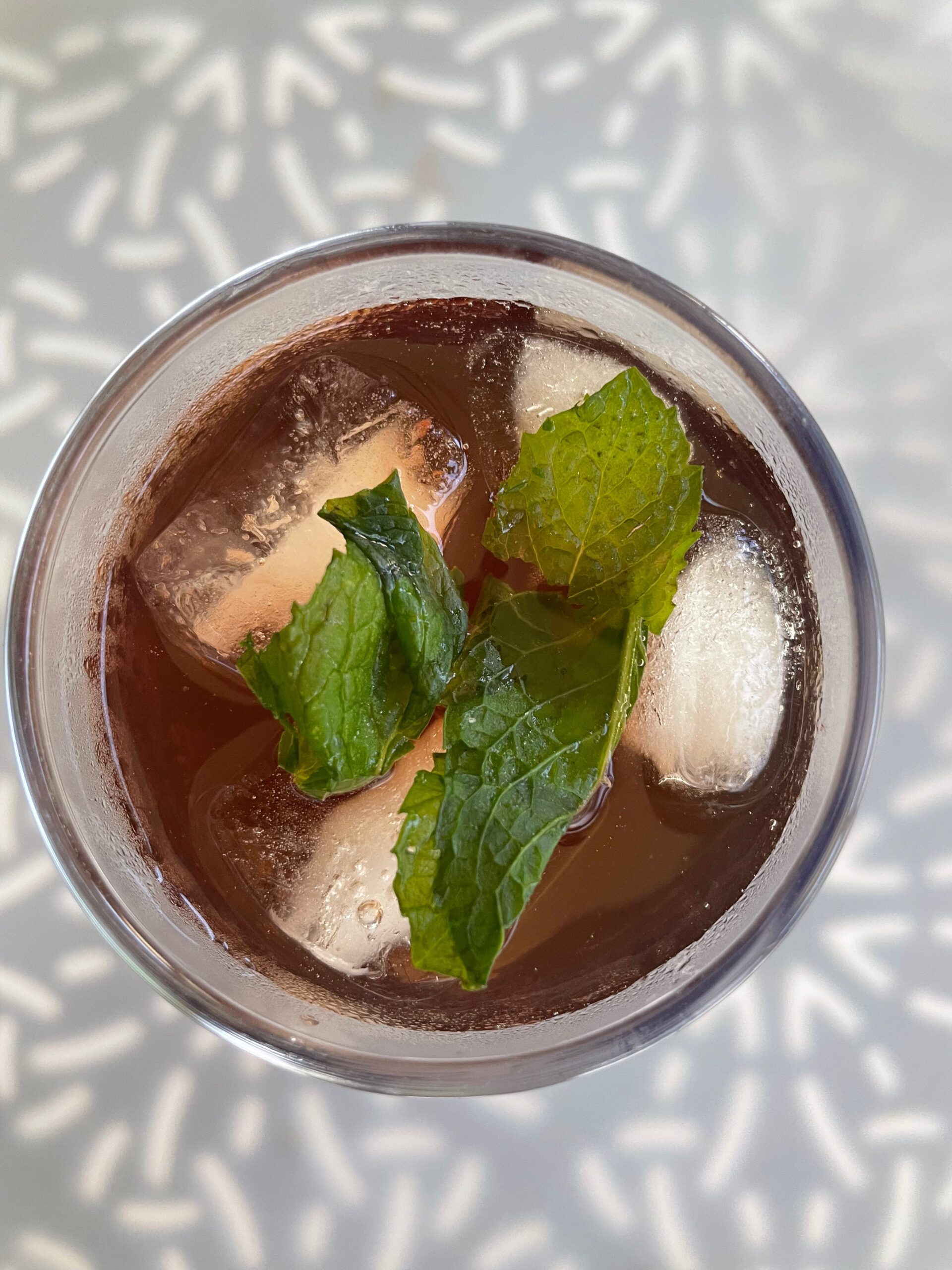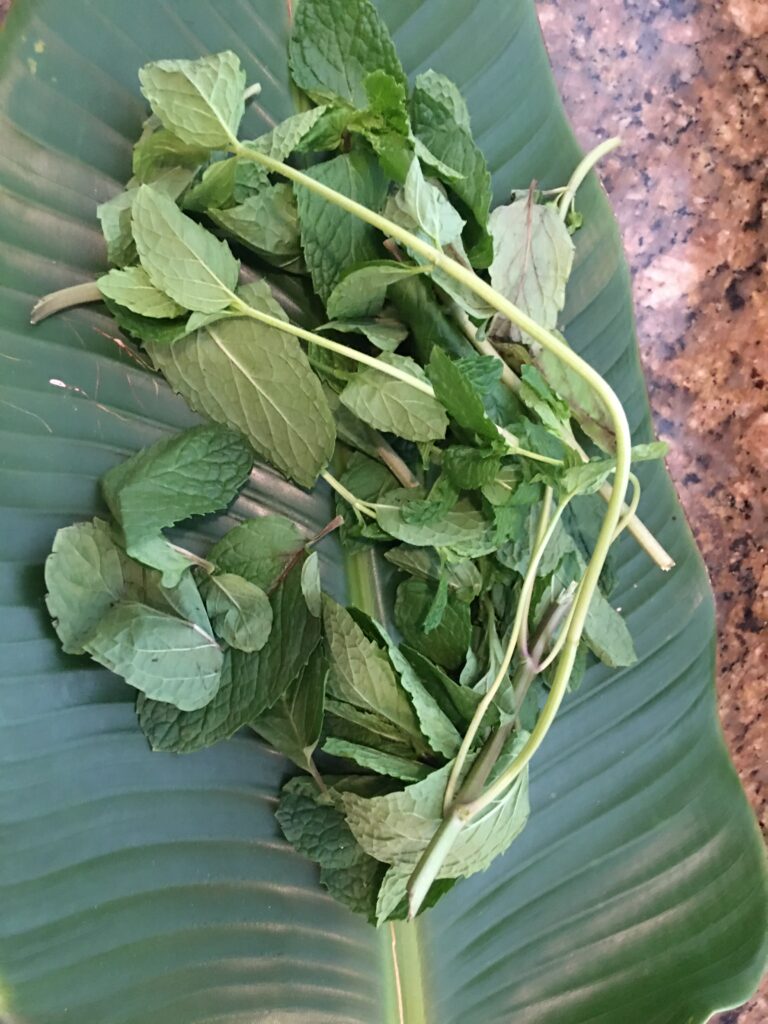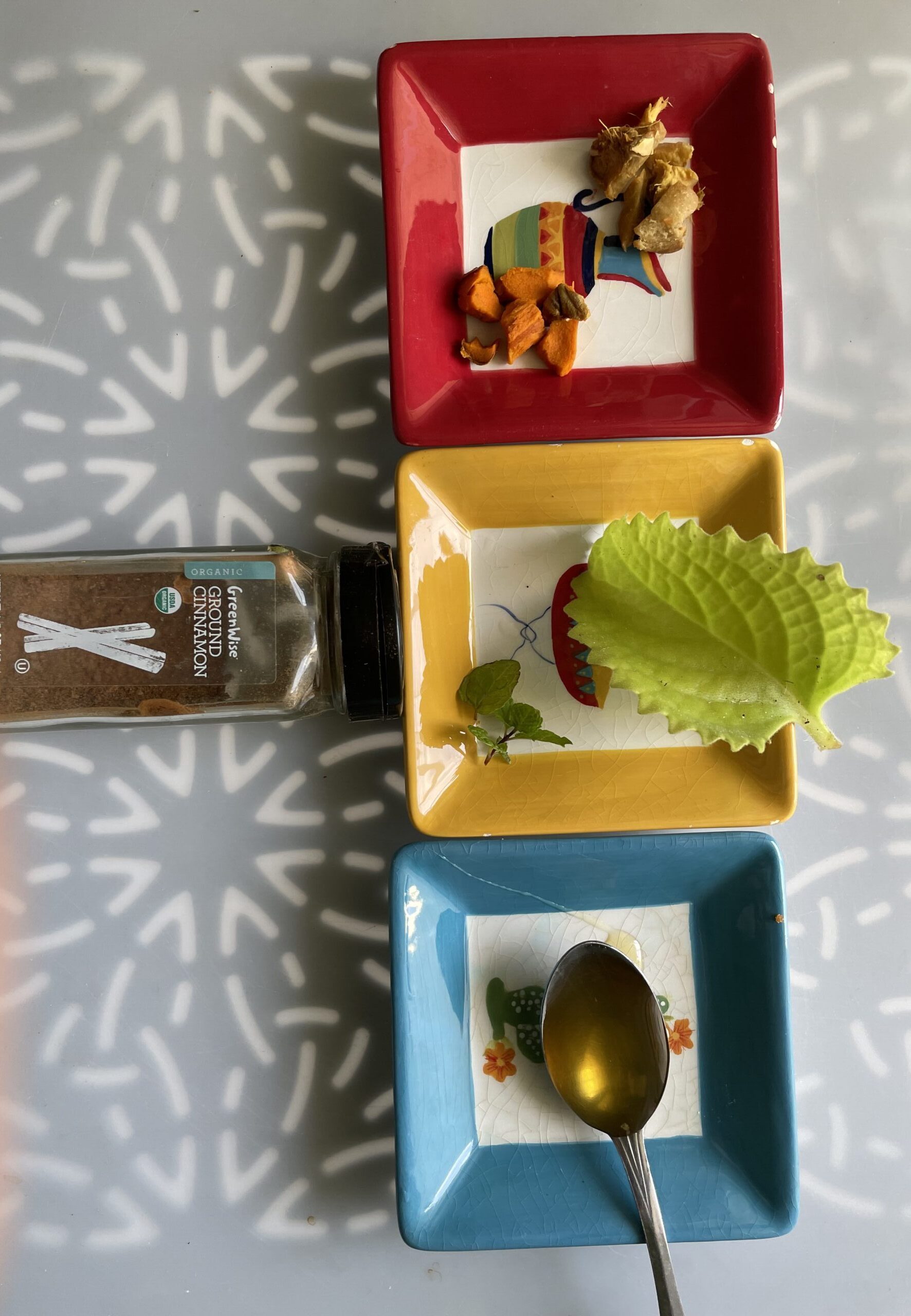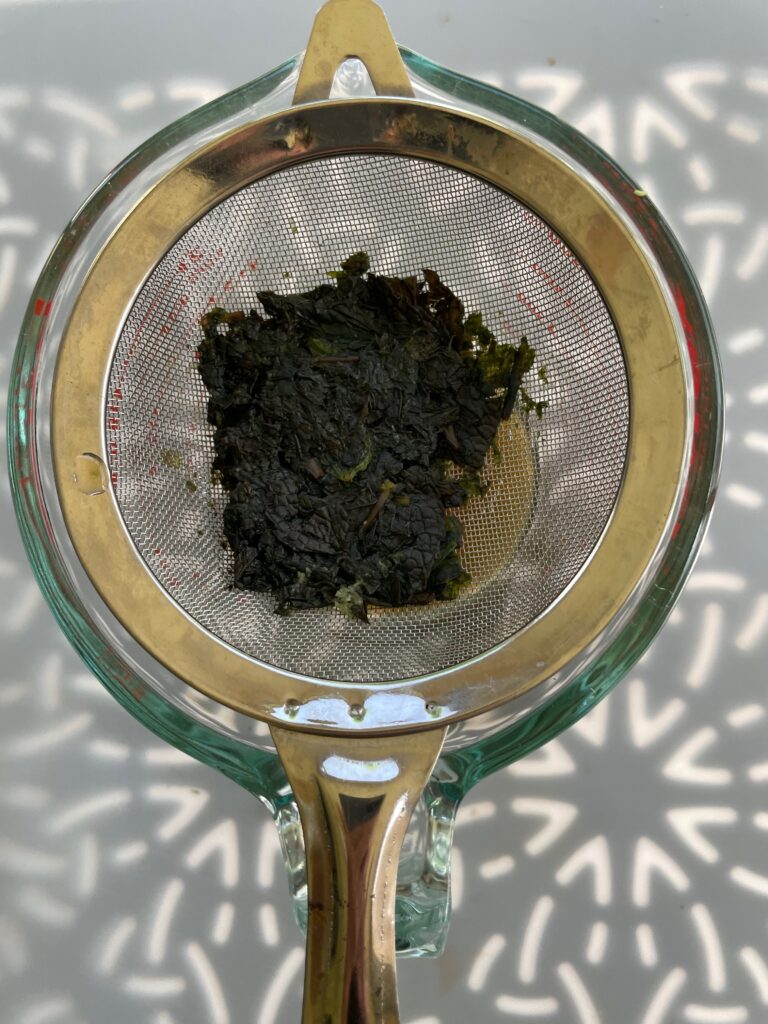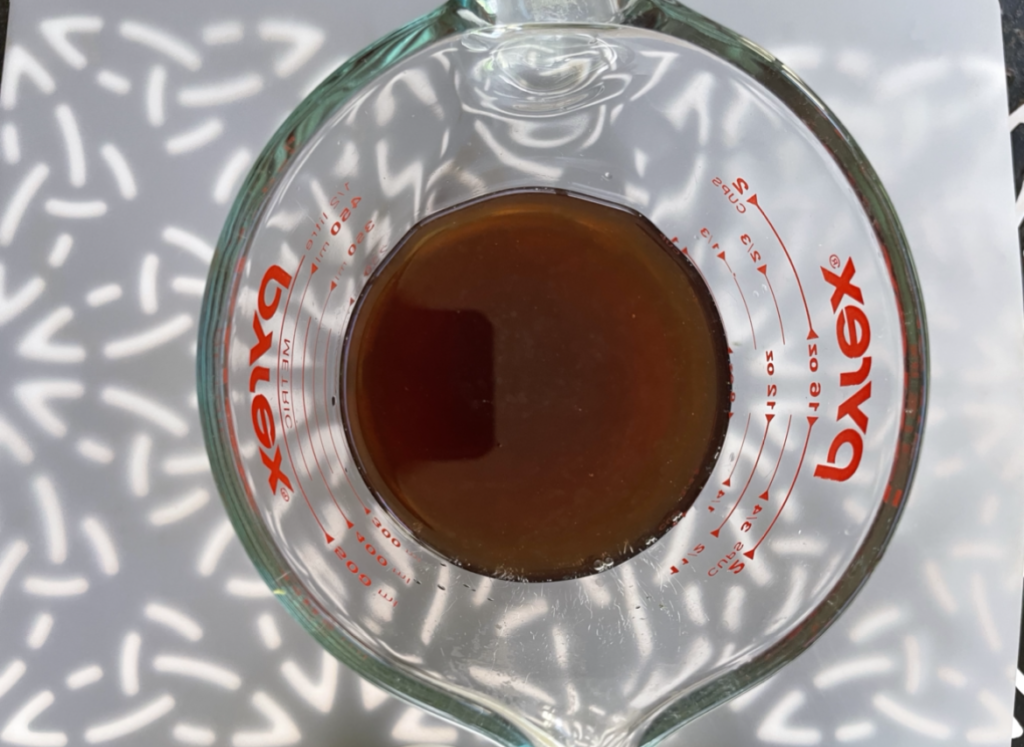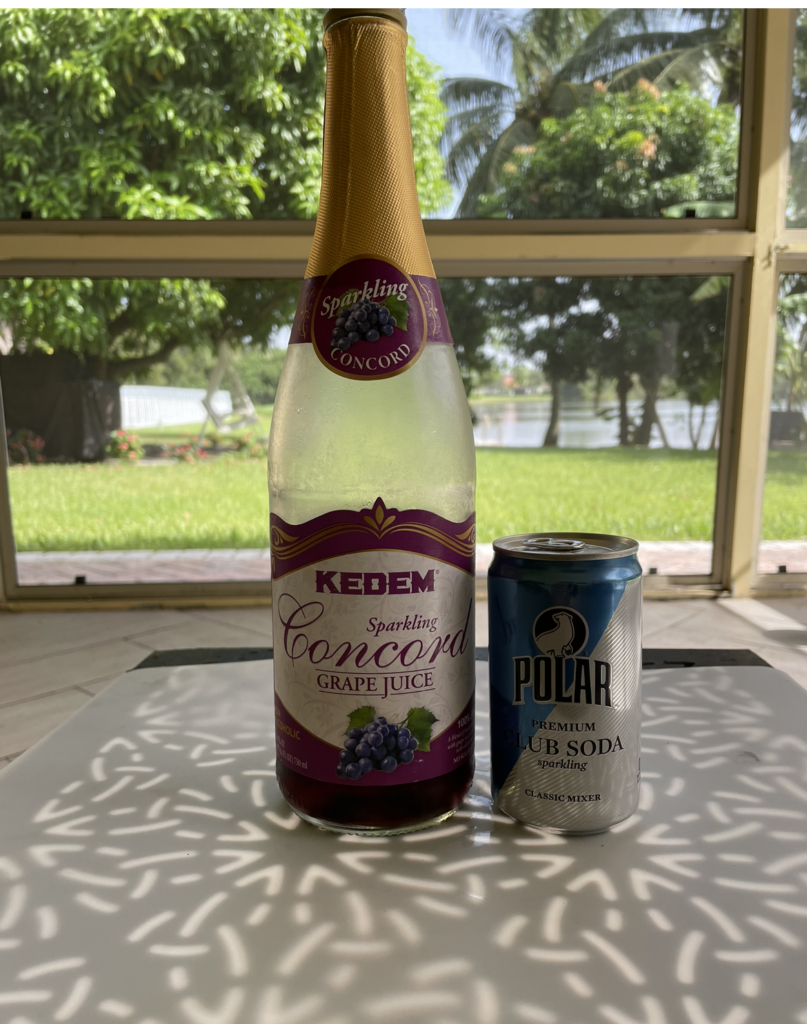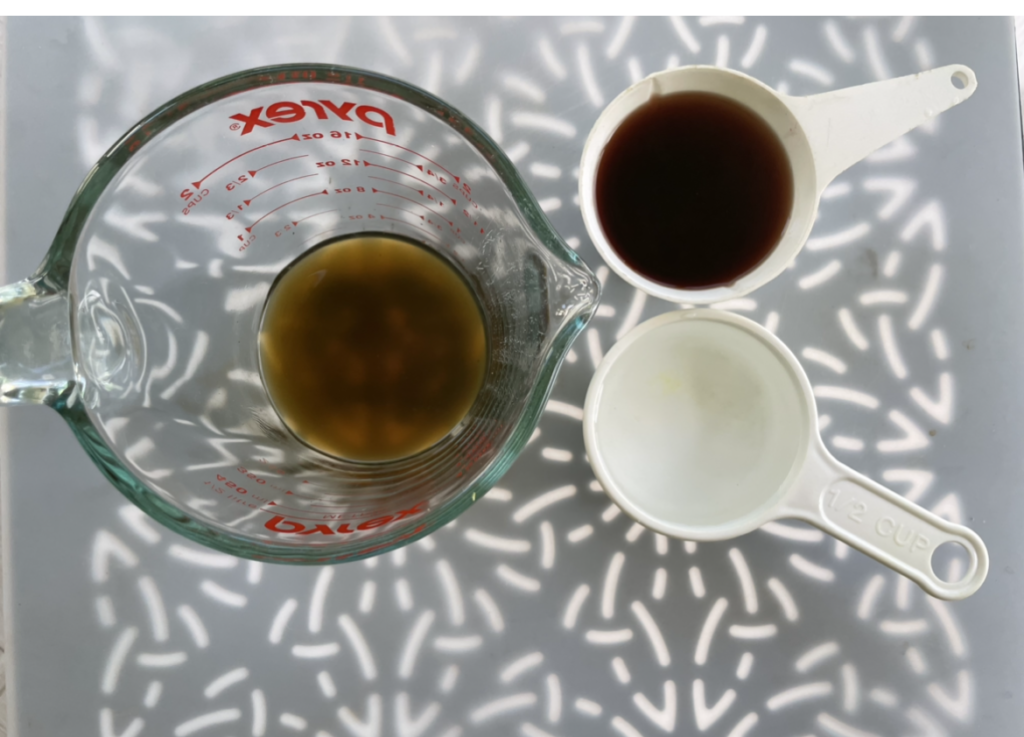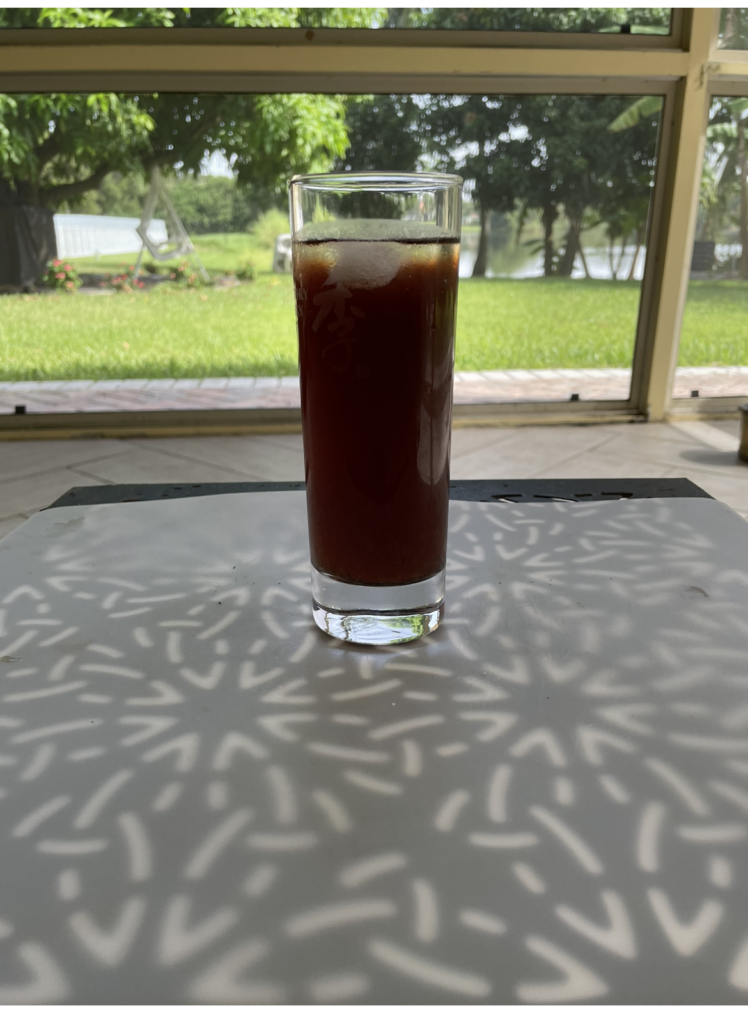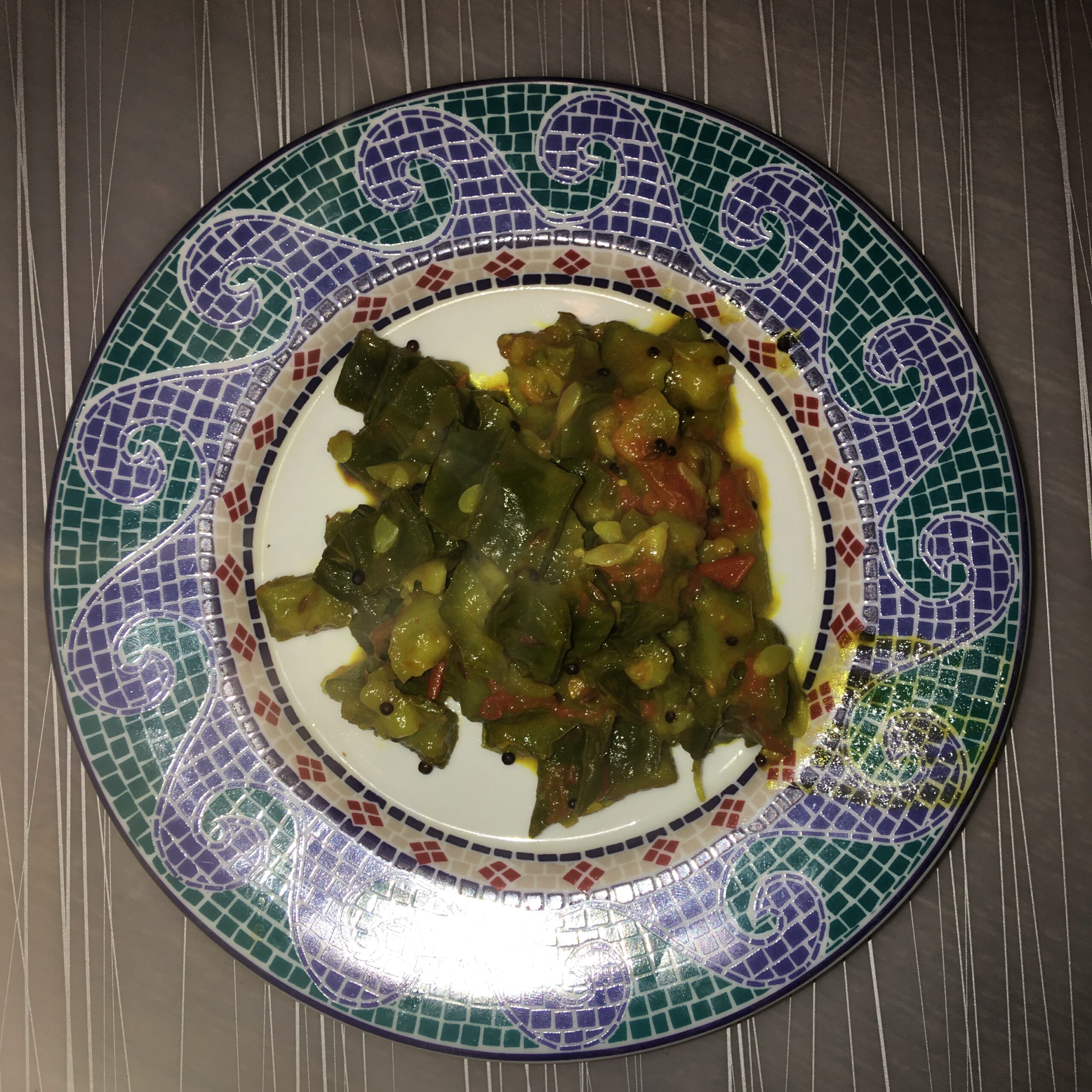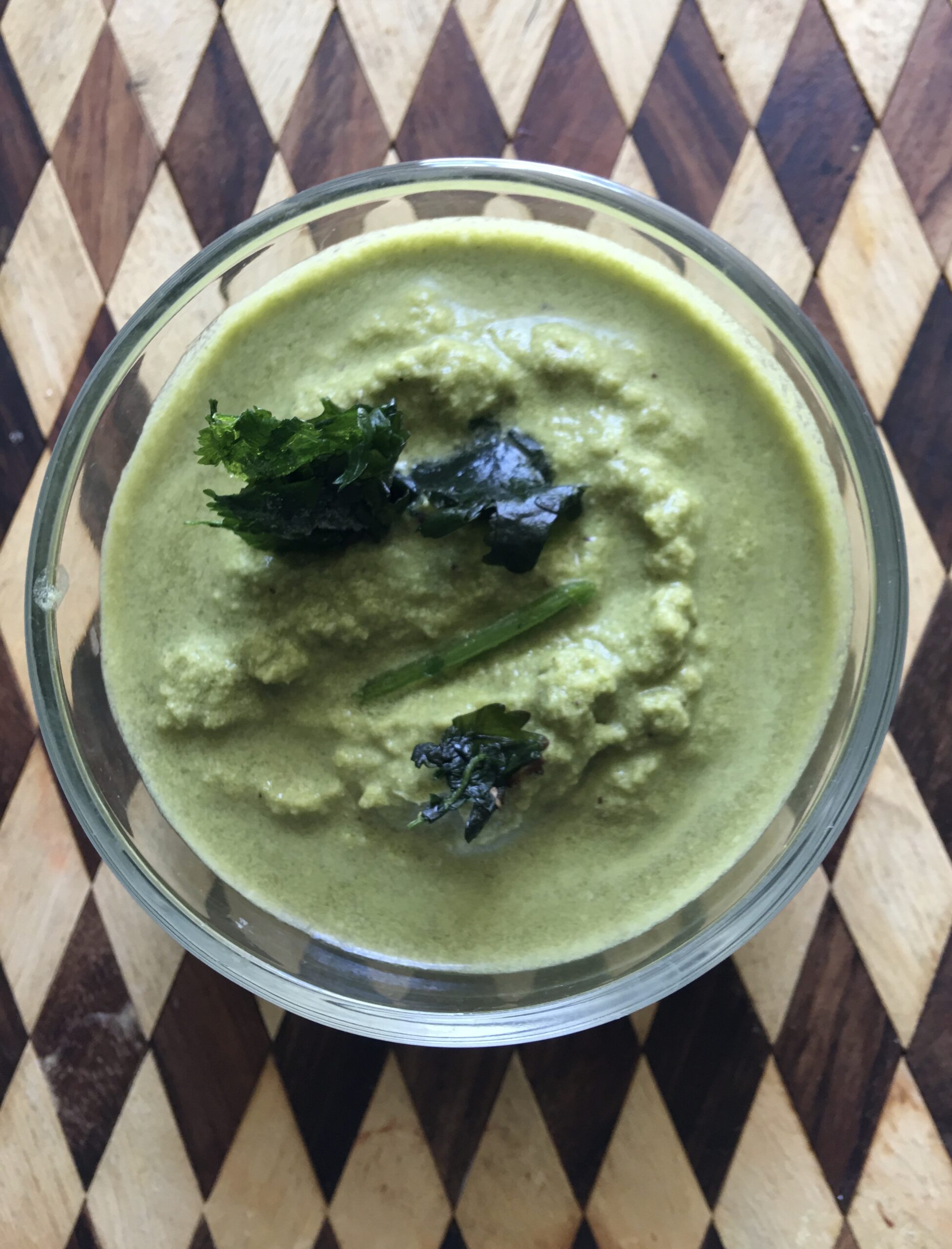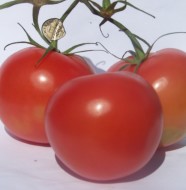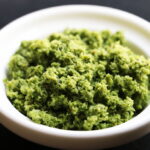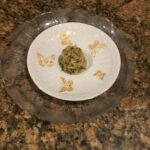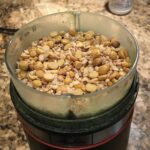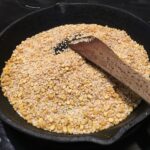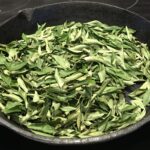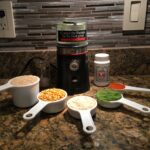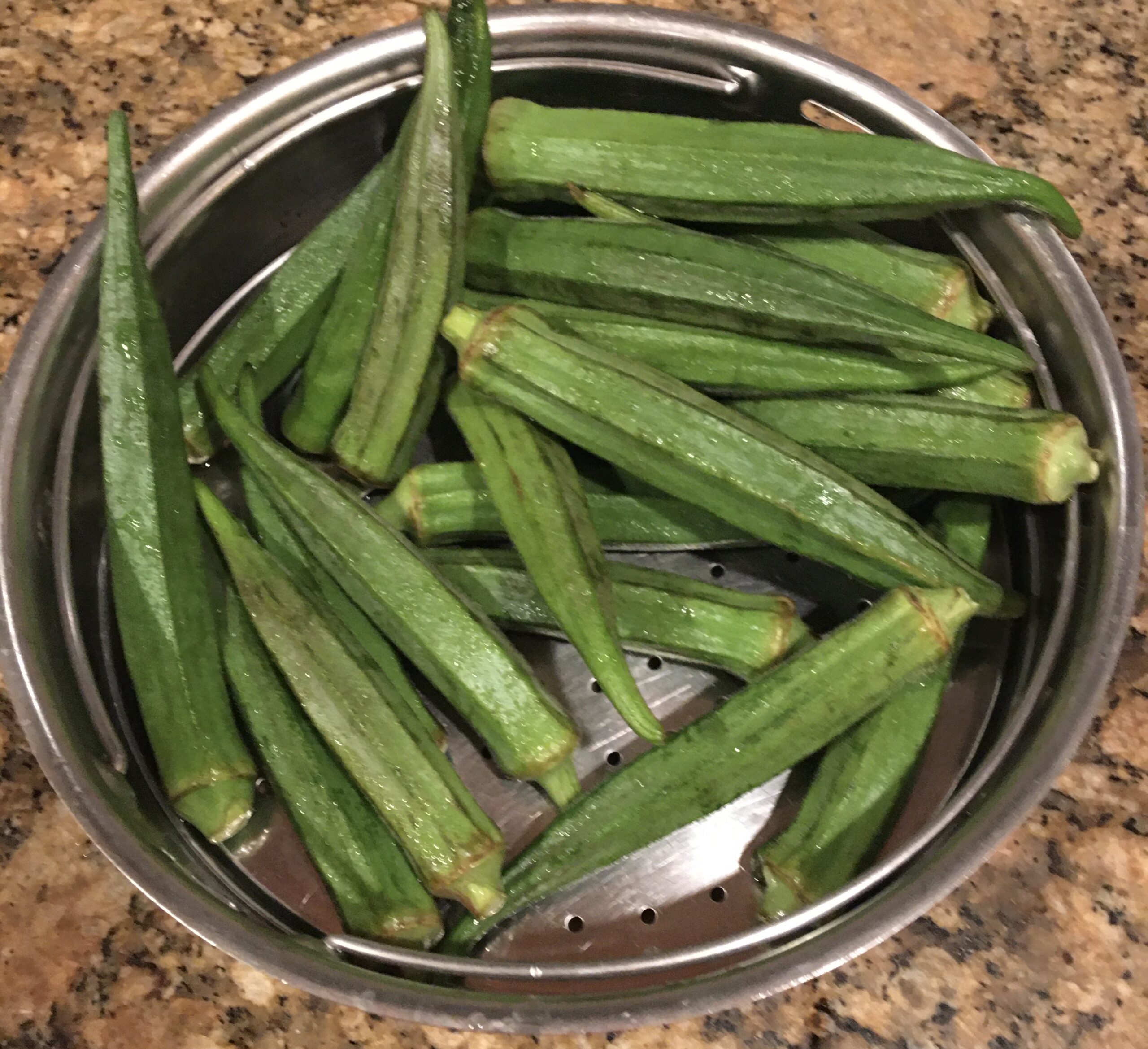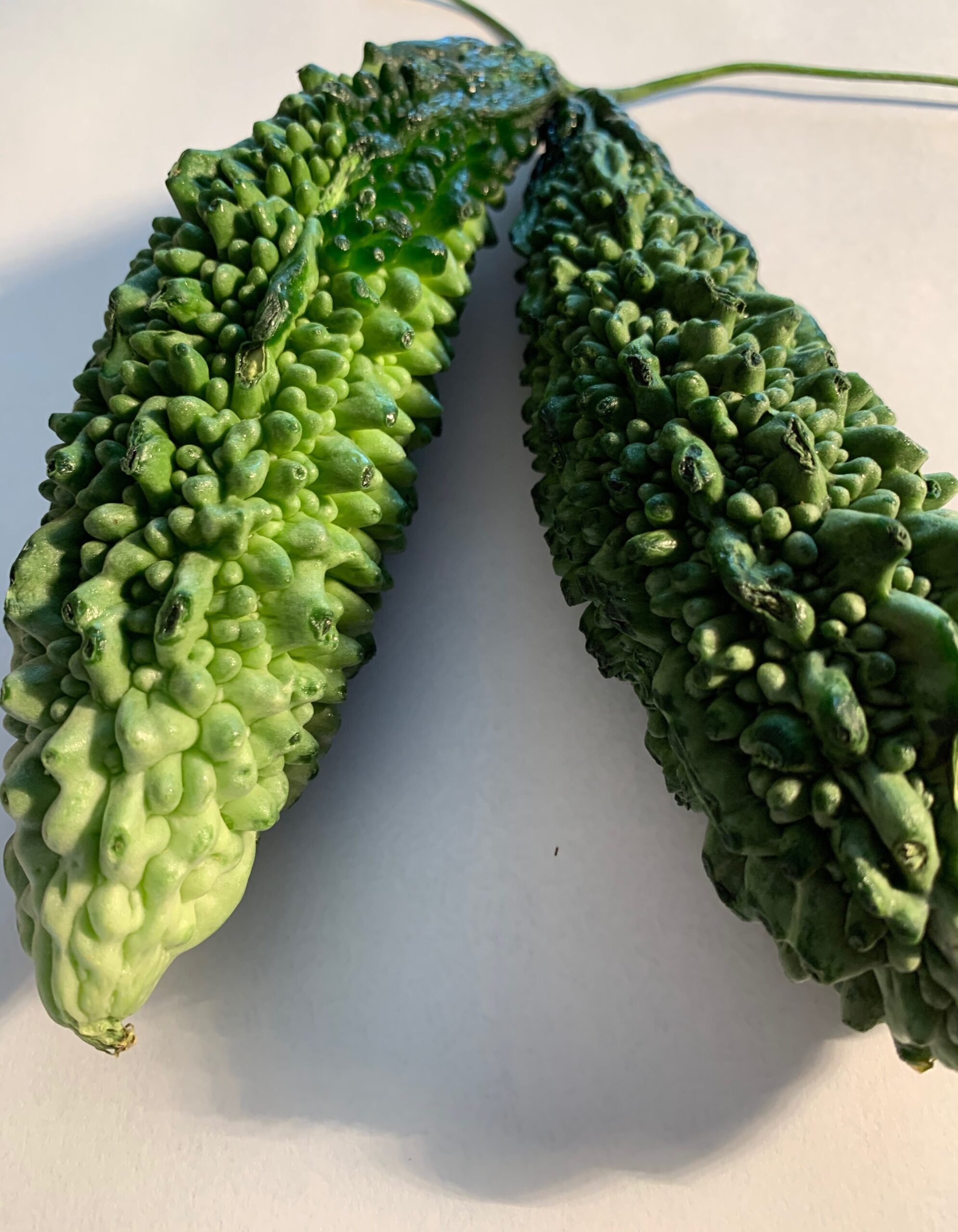Mint – (Scientific name MENTHA), a genus in the family Lamiceae, gives a unique flavor to this chutney and acts as a breath freshener. A native to Mediterranean countries, it grows in two varieties: Peppermint ( Mentha Piperita) and Spearmint (Mentha spicata). Mint leaves (Pudina in Hindi and Tamil) are velvety to touch and have a cooling effect on the body.
Growing Mint: The mint plant is a hardy perennial herb, short-stemmed, acute pointed, lance-shaped, wrinkled leaves, with toothed edges, and grows up to 2 ft. tall. Mint prefers moist, rich loam soil and partial shade. When grown as a crop drills should be 2″ deep and 12-15″ apart. Drop bits of rootstock every 6-12″ and cover. Every autumn cut off the plant near the ground and dress liberally with manure, compost, or rich soil. Mint can be grown easily through cuttings as well as on its own, in the spring. When harvesting mint as the plants are approaching full bloom, pick a dry weather day for the purpose of drying, since wet leaves may turn black when dried.
Planting mint near peas, cabbage, or tomatoes will improve their health and flavor. Mint plants become vigorous if broccoli or brussels sprouts are planted near. It is a bad idea to grow parsley or chamomile near mint.
http://www.ourherbgarden.com/mint-companions.html
History: Mint history is colored by stories from ancient mythology. Prosperine, Pluto’s wife, was jealous of Cocytus’s daughter & supposed to have converted her (a hated rival) into a mint plant. Both the Latin Metha & the Grey Minthe have been associated with metamorphosed beauty. In ancient Athens where it was common to scent different parts of the body with different herbs, the mint was the scent most commonly used on the arms.
An early version of mint toothpaste was found in the 14th century. It was used to whiten teeth. Culpepper a physician astrologer (1616-1654) used it to treat 40 different ailments. He suggested that mint should never be given to a wounded man because it will prevent his wound from healing.
A superstition about mint is that “mint should never be cut with iron.” In the 17th century, John Gerarde described mint as having ” a smelle rejoiceth the heart of man”. Mint history identifies the Pilgrims as the people responsible for bringing the herb to the New World according to John Josleyn, a 17th century English traveler, who chronicled his visit to New England and included info on many plants of the Colony.
Historical uses of Spearmint: This species of mint is also known as “Mackerel mint” and in Germany, it is called “Lady’s Mint” with a pun on the word “munze” meaning an institution where coins are produced. The name spear or spire refers to the spicy form of its floral blossoming.
Spearmint was once macerated and added to milk since it seemed to lengthen the shelf life (before pre-refrigeration days). Mint was recommended for use by people with a delicate constitution or young children with feeble digestive powers; but not when the fever was present. Spearmint oil is used less than its stronger cousin “peppermint”. The mint sauces and jellies that accompany lamb dishes are made with the mild-flavored spearmint. It was once recommended for hiccough, flatulence as well as the giddiness of indigestion. Oil of spearmint used externally was for healing chaps and indolent eruptions.
Mint Recipes
Mint Chutney
Mint Julep (Punch)
Mint Rice
Nutrition facts of Mint (Mentha) 100g
| GI= 0; GL=0 | Minerals | Vitamins |
| Calories 48 | Calcium 20% | Folate 26% |
| Carbohydrates 3 % | Iron 66 % | Vitamin A 81% |
| Dietary Fiber 27 % | Magnesium 16 % | Vitamin B 68 % |
| Fat 1%; | Manganese 56 % | Vitamin C 22 % |
| Carotene 1620mg | Potassium 13 % | Riboflavin 10 % |
Health Benefits of Mint
- Mint helps with allergies & hay fever: Mint is a good relaxant and relieves congestion; it inhibits the release of histamines that cause allergies.
- Mint aids in breastfeeding: Mint oil helps reduce nipple cracks and pain that often accompany breastfeeding according to a research study published in the International Breastfeeding Journal in 2007.
- Mint aids in digestion: Mint is a great appetizer and palate cleanser. Its aroma helps activate the salivary glands in the mouth as well as secrete digestive enzymes to facilitate digestion. It is a potent remedy for relieving IBS symptoms. A 2013 study showed that menthol in mint could relieve diarrhea.
- Mint helps in fever reduction: Mint, if consumed during a fever it induces sweating and breaks it thus speeding the rate of recovery.
- Mint helps prevent memory loss: Mental alertness, memory retention, and cognitive function are increased by chewing mint gum or mint leaves.
- Mint provides nausea relief: Use mint oil for a quick and effective remedy for nausea.
- Mint provides Oral care Mint has germicidal properties and it quickly freshens breath by masking bad breath.
- Mint prevents respiratory disorders: Menthol present in mint helps relieve nasal congestion. It is also very effective in clearing up congestion of the throat, bronchi, and lungs that give relief from respiratory disorders that often result from asthma and cold.
- Mint relieves headaches, depression, and fatigue: Few drops of menthol oil on the pillow acts as a brain stimulant when feeling depressed or exhausted.
- Mint acts as a relaxant and has a cooling effect: Drinks and foods containing mint cool off in summer and so included in summer cocktails. It is also a good relaxant.
- Mint helps with Rheumatism treatment; Mint benefits in the treatment of rheumatism.
- Mint Soothes burns: Mint juice can be applied to heal and soothe burns.
- Mint helps with Weight Loss: Mint is low in calories and low in fat. It stimulates digestive enzymes to absorb nutrients from food & consume fat, converting to usable energy for a healthy weight loss.
Spice Power
- Coconut: armed with amino acids – contains 17 of the 20 amino acids needed for optimal protein formation. It is high in threonine needed to protect the liver, central nervous system, cardiovascular system and to support the formation of collagen in the body. For the muscles, it forms the connective tissues and maintains elasticity in the body. It also supports healthy tooth enamel, speeds up healing from wounds.1/2 cup fresh coconut contains 97mg of threonine. and 8g of protein.
- Lemon: aids weightloss manages hypertension, dental, skin, and hair care, stops minor bleeding, relieves burns, soothes respiratory disorders, foot relaxation, reduces corns in the foot, and fights throat infections.
- Ginger: effectively treats nausea – gingerol and Shogaol help ginger produce anti-emetic qualities to dispel vomiting, nausea, and even motion sickness by working within the gastrointestinal tract to increase gastric emptying. It also reduces bad LDL cholesterol by increasing cholesterol use.
- Garlic: can benefit cardiovascular health, physical and sexual vitality, cognition, and resistance to infection. It has anti-aging properties. It reduces total cholesterol and LDL while increasing HDL. It also provides a variety of anti-cancer properties.
- Green chilies: dieting and weight loss; researchers at the UCLA center for weight loss found that capsaicin an alkaloid present in green chili that makes it hot, raises body temperatures creating energy-burning calories similar to performing the exercise. Capsaicin has anti-bacterial, anti-carcinogenic, analgesic, and anti-diabetic properties. It is also found to reduce LDL cholesterol in obese individuals.
Method to make Mint chutney
Mint, used in making Chutney, Raita, and in refreshing drinks, has lots of health and medicinal benefits. This mint chutney is made easily by grinding the leaves with ginger, garlic, green chili, and lemon juice. It tastes delicious eaten with fried snacks especially pakoras and samosas, as a sandwich spread & in salad dressings.
- Clean mint leaves by plucking the leaves from stems.
- Peel ginger and garlic.
- Wash the leaves and dry on a paper towel.
- Place mint leaves with coconut, spices, lemon juice & water in a blender.
- Grind to a fine chutney; store in a sterilized bottle.
Serve Pudina chutney with snacks like Veggie puffs, Samosas or Tater tots.
Method to make Mint Julep (Punch)
- Wash mint leaves with cool water and dry on a kitchen towel.
- Put the mint leaves in a glass jar that can withstand heat.
- Mash the leaves with a wooden spoon until they are soft.
- Pour boiling water over the leaves and allow to infuse for 10 min.
- Strain out the leaves and refrigerate.
- Once the mint drink mixture has cooled add grape & lemon juice.
- Sweeten with sugar and add ginger ale.
- Serve the mint punch on ice with a sprig of mint leaves for a garnish.
TIPS
Mint chutney can be refrigerated in a glass container for 1 week or frozen in a plastic container for a month
Omit coconut for mixing with Bhel / Panipuri
Mint Julep Sugar syrup can be made ahead and stored
MINT LEAVES CAN BE STORED WRAPPED IN A PAPER TOWEL FOR A WEEK

